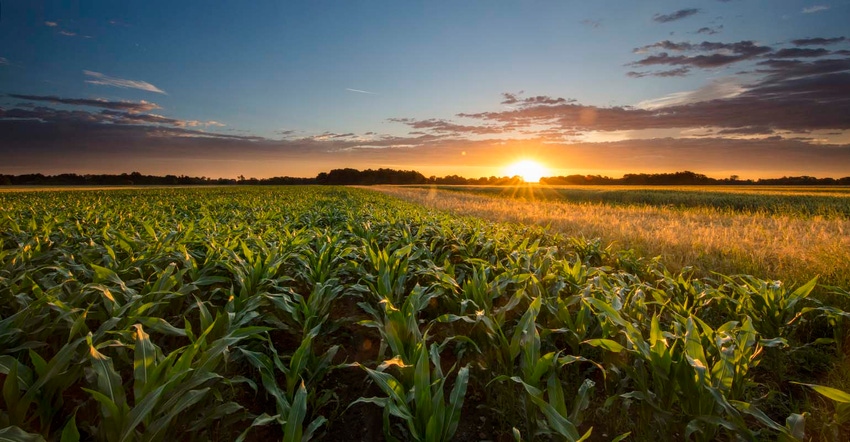
USDA’s World Ag Outlook Board released the latest Baseline Projections report yesterday. And before I dive into the results, I need to stress a few things about this data set.
Every year, WAOB, the organization that publishes monthly WASDE reports, is required by law to submit for Federal review baseline supply and demand estimate projections 10 years into the future.
As we have seen over the past few years, there is no way to accurately predict how grain markets will react in 10 days, let alone 10 years. So, we should take these estimates with a grain of salt.
It is important to consider that these estimates are not calculated via NASS’s usual methods of farmer surveys and objective yield and/or acreage inspections. Rather, these estimates are derived from economic models.
The published report uses October 2022 WASDE data as the premise for most of the baseline assumptions in the report. These estimates aren’t set in stone, and they aren’t perfect. But at the very least, they provide a vague idea of what farmers may decide to plant and where markets could head next spring under the current market conditions.
With that aside, here are the results!
Demand drives corn acres
USDA expects farmers will plant 92.0 million acres of corn in Spring 2023, which is up from 88.6 million acres planted this past spring. Tight supplies and high prices are the key driver behind the uptick in corn acreage next spring even as fertilizer costs soar. Our August 2022 Farm Futures farmer survey indicated similar sentiments.
If trendline corn yields are realized next year (181.5 bpa), stocks-to-use ratios will swell from the current level of 8.3% to a much more comfortable 11.6% and export and feed usage rates will similarly grow.
While the projections much beyond the 2023/24 growing season are more difficult to rely on, it is worth noting that WAOB is predicting that future corn acreage past 2023 is not expected to top more than 91 million acres and supplies are likely to continue hovering at tight levels for several years to come over the next decade – suggesting corn acres may face stiff competition in the near future.
And that competitor? Soybeans. Strong domestic growth expectations will keep soybean acreage competitive with corn in the coming years, though not likely next year. In 2023, WAOB expects farmers will plant 87.0 million acres of soybeans, which is half a million fewer acres planted than this year.
WAOB is again bracing for continued tightness in the U.S. soybean market over the next 10 years, though returns are expected to dip beginning in the 2024/25 growing season.
Wheat prices to stay strong
Wheat acres will also compete strongly for acreage next spring. WAOB expects that 47.5 million acres of wheat will be planted for harvest in 2023, up nearly 1.8 million acres from this year’s sowings. Competitive wheat prices and tight global supplies have provided a strong incentive for wheat growers, and I have already heard anecdotal evidence that more wheat acres were already planted this fall, despite some troublesome growing conditions in the Plains.
Wheat supplies are likely to rebound more quickly than corn and soybean stocks, though prices are forecast to remain strong for another couple growing seasons.
In summary, next spring farmers are looking to increase corn and wheat acres, likely at the expense of soybean acreage. That shouldn’t come as a surprise to the markets – the returns for corn and wheat far outweigh earnings from soybeans at the current market levels.
Plus, we are still another year or two out from the addition of the new biodiesel plants that are expected to increase soy crush demand in the U.S. When that is realized, it will likely throw a wrench in these projections.
About the Author(s)
You May Also Like






